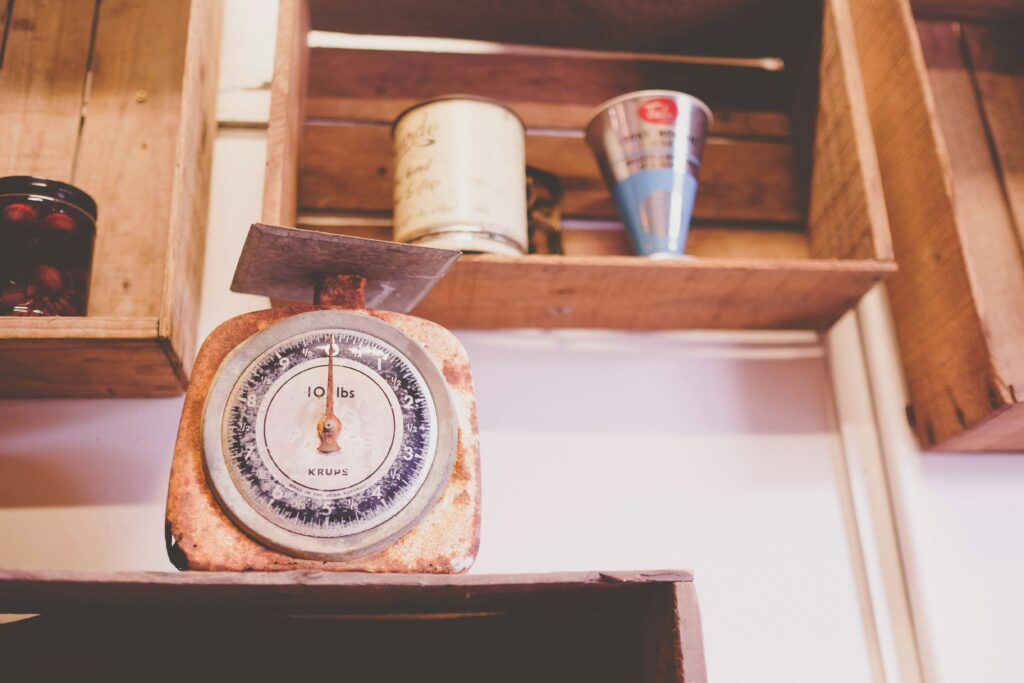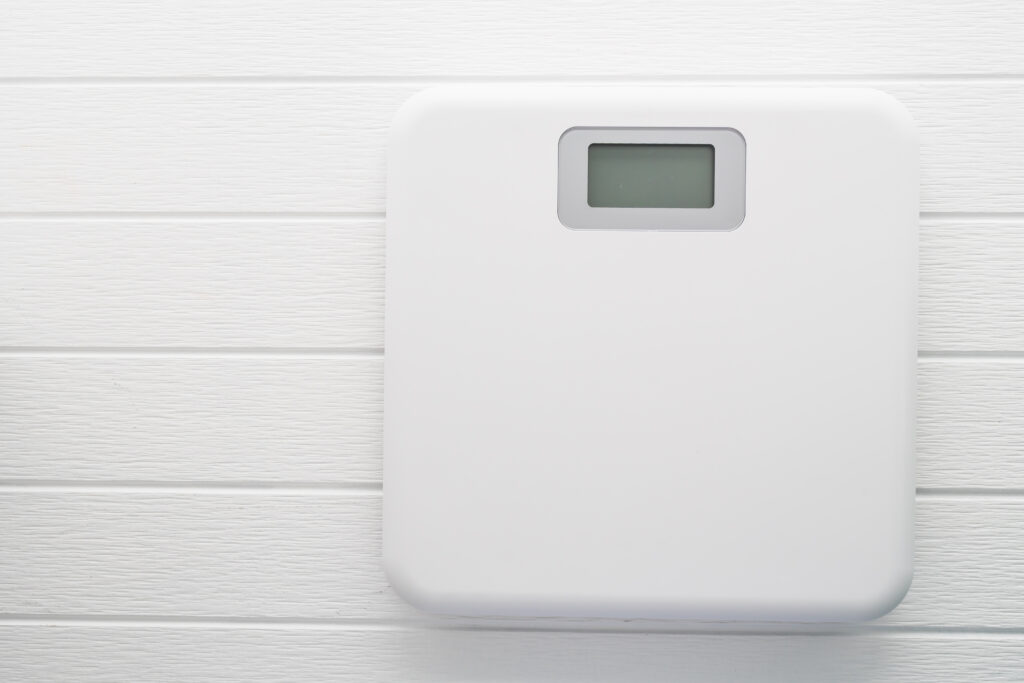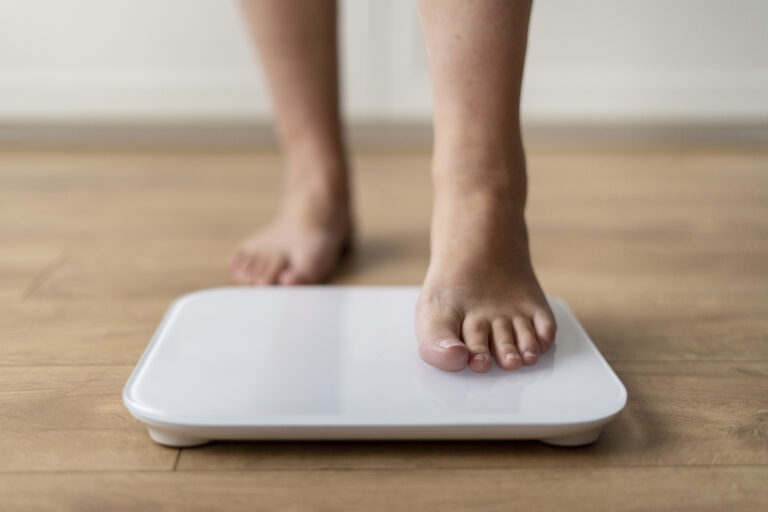Introduction
Do you find your digital scale giving you inaccurate measurements? The key to ensuring accurate and reliable results is to calibrate it. You will learn how to calibrate a digital scale by following this step-by-step guide. You’ll be able to say goodbye to guesswork and hello to accurate measurements in no time!
Calibration Of Digital Scales:

Digital scales are essential tools for precise measurements in various settings, from kitchens to laboratories. Understanding how to calibrate them is crucial to maintain accuracy and reliability. Calibration ensures that the scale provides accurate readings, avoiding errors that could impact results or recipes.
Equipment Needed
When it comes to calibrating a digital scale, having the right equipment is essential. Here are the items you’ll need to ensure an accurate calibration process.
Gather Calibration Weights:
- First and foremost, you will need calibration weights. These weights come in various sizes and values, depending on the capacity of your digital scale. It’s crucial to use certified weights to guarantee precision in the calibration.
Prepare Cleaning Tools:
- Next, a clean microfiber cloth is necessary to wipe down the surface of your digital scale before starting the calibration process. Any dust or debris can impact the accuracy of the readings.
Ensure a Stable Surface:
- Additionally, make sure you have a stable surface to place your scale on during calibration. A sturdy table or countertop will provide a reliable base for conducting the calibration procedure effectively.
Notebook and Pen for Record-Keeping:
- Keep a notebook and pen handy to record any adjustments made during calibration for future reference. Having everything prepared ahead of time will streamline the process and ensure accurate results when calibrating your digital scale.
Steps to Calibrate a Digital Scale

Calibrating a digital scale is essential to ensure accurate measurements in various applications. Here are the steps you need to follow for successful calibration:
Stable Placement and Warm-Up:
- First, make sure your scale is placed on a stable and level surface to avoid any discrepancies in readings. Then, turn the scale on and allow it to stabilize at room temperature for at least 30 minutes.
Locate Calibration Function:
- Next, locate the calibration button or mode on your scale. This can typically be found in the user manual or through online resources provided by the manufacturer.
Place Known Weight for Calibration:
- Once you’ve entered calibration mode, place a known weight (such as a calibration weight) onto the scale. Follow the specific instructions provided by your scale’s manufacturer to adjust the reading accordingly.
Finalize Calibration Process:
- After completing this step, remove the known weight from the scale and finalize the calibration process by saving or confirming the new settings.
Ensure Accuracy for Weighing Needs:
- By following these simple steps, you can ensure that your digital scale provides accurate measurements for all your weighing needs.
Common Calibration Problems and Solutions

Calibrating a digital scale may encounter some common problems along the way. One issue users often face is inaccurate readings, where the scale shows incorrect measurements. This can be due to surface irregularities or improper calibration.
Addressing Drift Issues:
- Another common problem is drift, where the scale’s accuracy changes over time. To solve this, regular recalibration is necessary to ensure consistent results. Additionally, environmental factors like temperature and humidity can affect calibration.
Zero Error Prevention:
- Users might also experience issues with zero errors, where the scale doesn’t reset to zero before measurement. Ensuring a clean surface and proper handling can help avoid this problem. Electronic interference from nearby devices could disrupt calibration.
Maintaining Awareness for Calibration:
- By being aware of these common problems and their solutions, users can effectively calibrate their digital scales for accurate and reliable measurements every time they use them.
FAQ’s

Q: How often should I calibrate my digital scale?
A: It is recommended to calibrate your scale at least once every few months, or if you notice any discrepancies in measurements.
Q: Can I use household items for calibration?
A: While it’s best to use certified weights for calibration, some users have reported success using coins or other objects of known weight in a pinch.
Q: My digital scale is showing an error message, what should I do?
A: Try troubleshooting by checking the battery, ensuring proper placement on a flat surface, and recalibrating following the manufacturer’s instructions.
Q: Is it normal for my scale readings to fluctuate slightly?
A: Yes, minor variations can occur due to factors like temperature changes or surface inconsistencies.
Conclusion
Calibrating a digital scale is a simple process that ensures accurate measurements for your needs. By following the step-by-step guide and using the right equipment, you can maintain the precision of your scale.
With these instructions in mind, you can confidently calibrate your digital scale with ease. Enjoy precise measurements for all your weighing needs!

